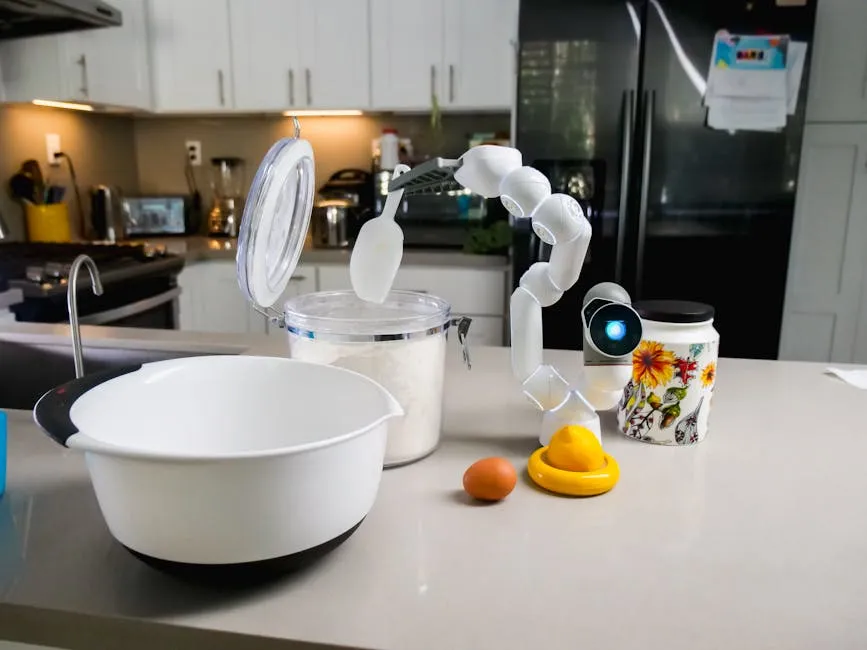The Challenges of Humanoid Robots in Today’s World
As technology continues to advance at a breakneck pace, the dream of integrating humanoid robots into our daily lives remains tantalizingly out of reach. Despite significant investments pouring into the robotics industry, there are fundamental challenges that still hinder the practical application of these machines. One major obstacle is their inability to perform tasks requiring fine motor skills and dexterity.
Understanding Dexterity and Its Importance
Dexterity, or the ability to manipulate objects with precision using fingers and hands, is a critical aspect of many human tasks. From simple activities like typing on a keyboard to complex operations such as performing surgery, dexterity is essential. Unfortunately, current humanoid robots struggle to replicate this innate human capability. Their mechanical design and programming limitations make it difficult for them to handle tasks that require nuanced movements.
Investment vs. Practicality
Despite the influx of funding and resources aimed at advancing robotics technology, the gap between investment and practical usability persists. Research and development teams are tirelessly working to create more sophisticated humanoid robots, yet the challenges of replicating human-like dexterity remain largely unresolved. This raises pertinent questions about the direction of investment in robotics and the expectations surrounding humanoid capabilities.
The Future of Humanoids: What Lies Ahead?
As we look ahead, it’s clear that while humanoid robots may hold promise for the future, practical applications are still far off. The focus needs to shift towards improving the underlying technology that enables fine motor movements. Innovations in artificial intelligence, machine learning, and robotics engineering will be crucial in overcoming these limitations.
Conclusion
In conclusion, while the idea of humanoid robots performing everyday tasks is an exciting vision of the future, the reality is that we are not quite ready. Until advancements can be made in dexterity and fine motor skills, humanoid robots may remain more of a concept than a practical solution. As technology evolves, however, it will be intriguing to see how these challenges are addressed and whether humanoids can eventually find their place in our world.
